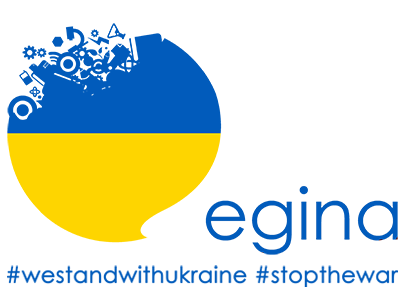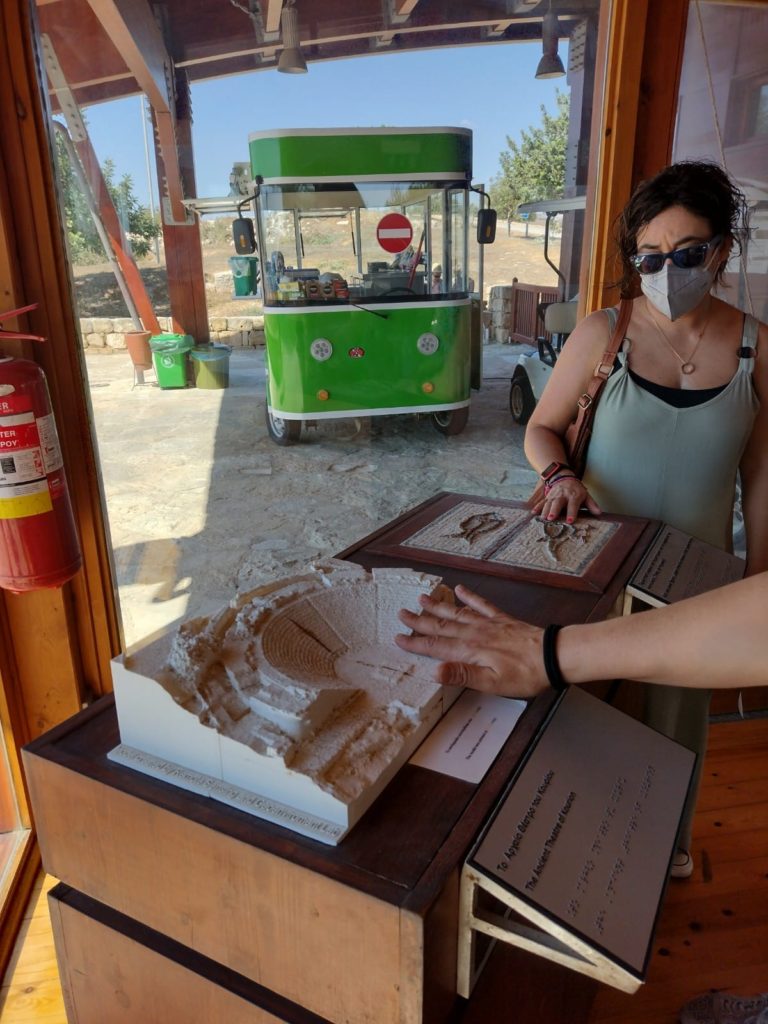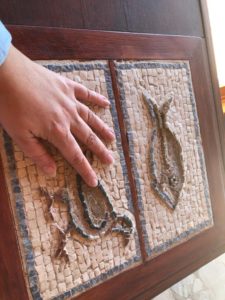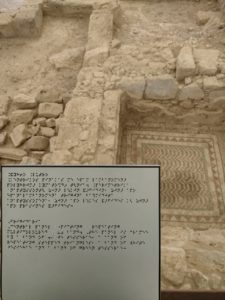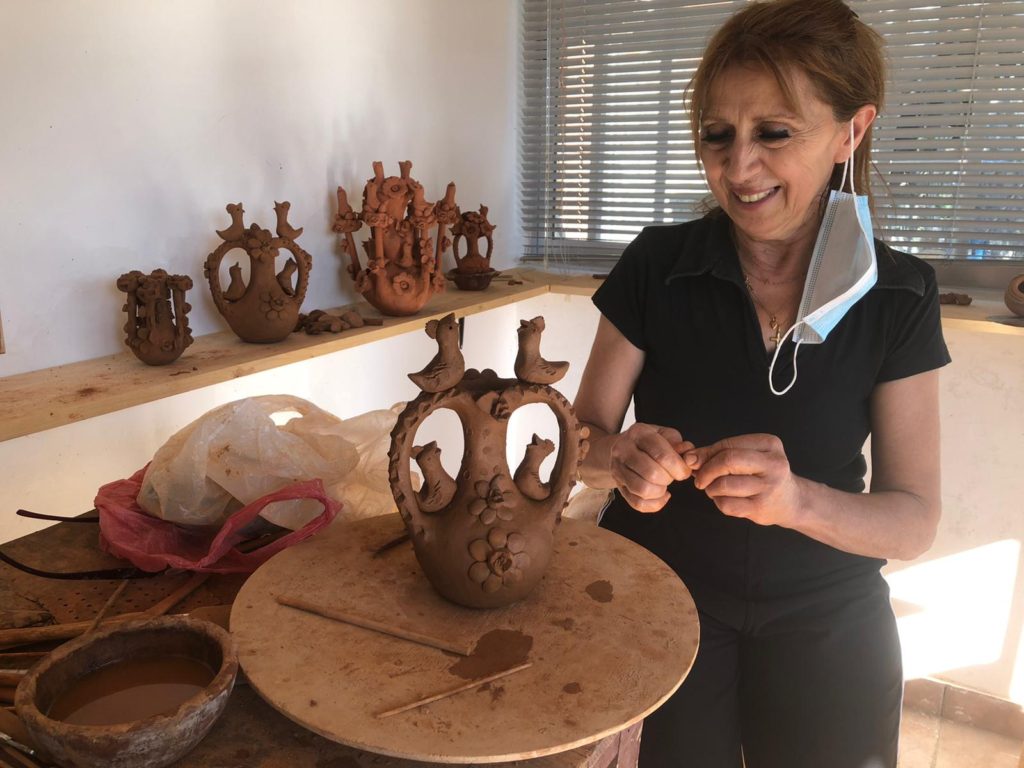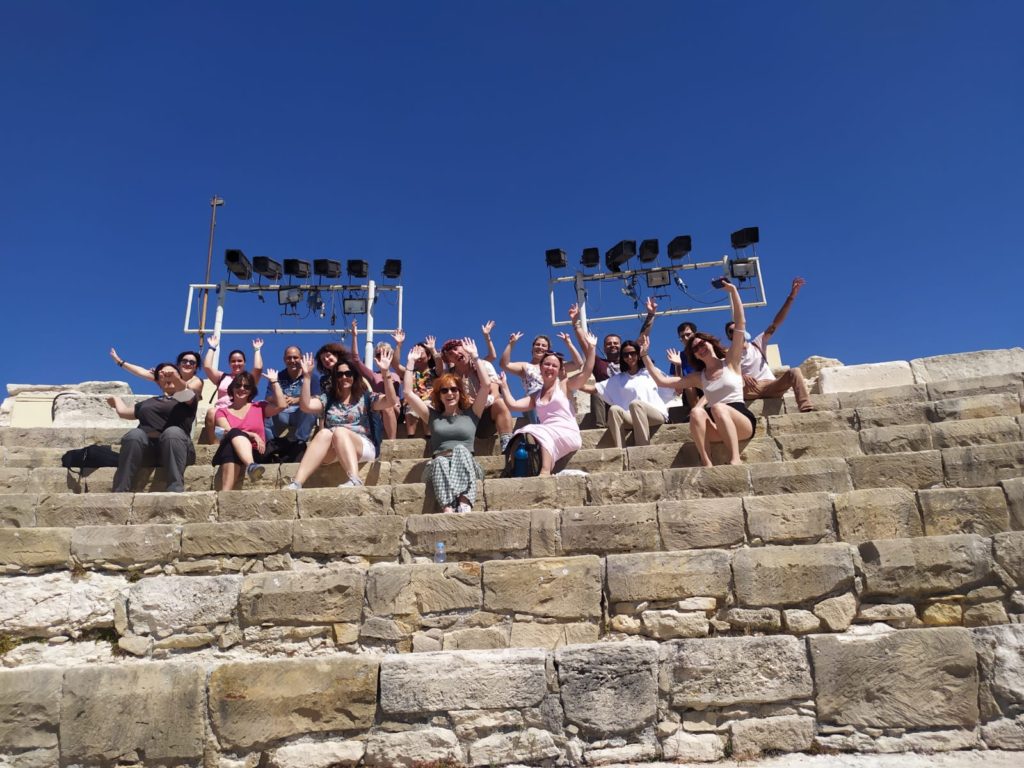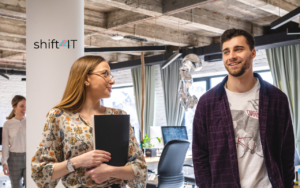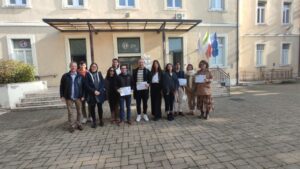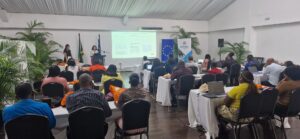For the ACCEASY Project – easy to read, easy to access – we met one more time, after the workshop in Foligno, Italy we met again in Limassol, Cyprus.
On Monday, October 4th we left for the Mediterranean island, where the Cyprus Autism Society welcomed us and coordinated the workshop on the methodologies, instruments and experiences which can be put into action to allow everyone to have favourable physical and cognitive access to cultural heritage.
This, in fact, was the leading theme from the first to the last presentation of this day spent inside the Pefkos City Hotel, where we took a mental excursion amongst all the organizations worldwide who work on the protection of cultural heritage, which unite culture and populations to guarantee the growth of every individual and the development of every place.
In this framework, we explored the management of the communication of this important message by analyzing some of the information campaigns of the past and the experiences which followed.
This opened reflections on the different types of cultural heritage: tangible (statues, paintings, monuments, fountains, churches, buildings……) and intangible (food, traditions, events, songs, dances….) and how to make these things accessible to people with cognitive disabilities.
In this regard, an ongoing academic study was presented on the actual situation in Cyprus.
Our attention then turned, through the use of case studies, to the evaluation of the risks present and possible solutions to be adapted to make cultural sites safe and interesting places to visit.
As an example of intangible cultural heritage, we explored the theatre and its specific qualities, which can be a real modality for an inclusive approach.
The experience which we shared helped us to focus on some of the instruments and regulating criteria that can make accessibility equal in the theatre arts even in the presence of cognitive disabilities, and especially the attitudes to improve performance for the participation of all.
The next day we visited, together with the young people from the daycare centre of Pathos, some of the most important cultural sites of Cyprus: Aphrodite’s Rock and the archaeological site of Amathus.
We were very impressed, alongside the beauty and care of the sites, with the possibilities proposed by this site.
There were tactile models of the theatre and of the mosaics (two mosaics to be precise!), which permitted us to imagine the ancient city and the villa whose foundations are still visible, but also there were explanations in Braille in raised characters explaining everything.
On the third and last day of the workshop, they took us for another experience to help us explore an intangible cultural heritage by visiting the Monastery of the crucifix in the village of Omodos, and then, a visit to the village of Phini with its unique particularities.
Omodos qualifies itself as a religious tourism site but also as a place to taste the island’s wine-growing products.
Phini, immersed in the mountainside, is characterized by local economic activities managed by the families living in the village.
We had a taste of this, seeing with our eyes and feeling with our hands the participation of every family member in the production and sales activities, and here we also participated in a small traditional ceramics workshop, where the emblem used on their pieces is one of the most noted in Cyprus, a small bird of vivacious song.
